Wrike Engineering
Wrike is a leading collaborative work management platform that helps 20,000+ companies in over 140 countries manage their businesses, projects, and employees.
Behind the scenes, we have more than 250 engineers developing the Wrike product. We’re growing and looking for colleagues to join our diverse group in the European offices.

How we work
Product unit
Our units consist of two to four Scrum teams that work on one large product vertical. The Product Scrum team creates new features and improves existing ones. This is a truly cross-functional team that connects Wrikers from different functions: the product, UX, product analytics, engineering (backend and frontend developers, QA and automation engineers, and UI developers). Some specialists may contribute to the success of several teams at once.

Internal unit
The Internal unit teams are responsible for improving the development experience in product teams. They provide the tools and features that speed up the development process, ensuring the flexibility of the system in terms of using technology stacks, and guaranteeing that the code base is stable and up to our quality standards. Engineers in technical teams develop tooling, improve the platform and the quality of the code, and work on shared libraries (e.g., our UI Kit) as well as devtools.
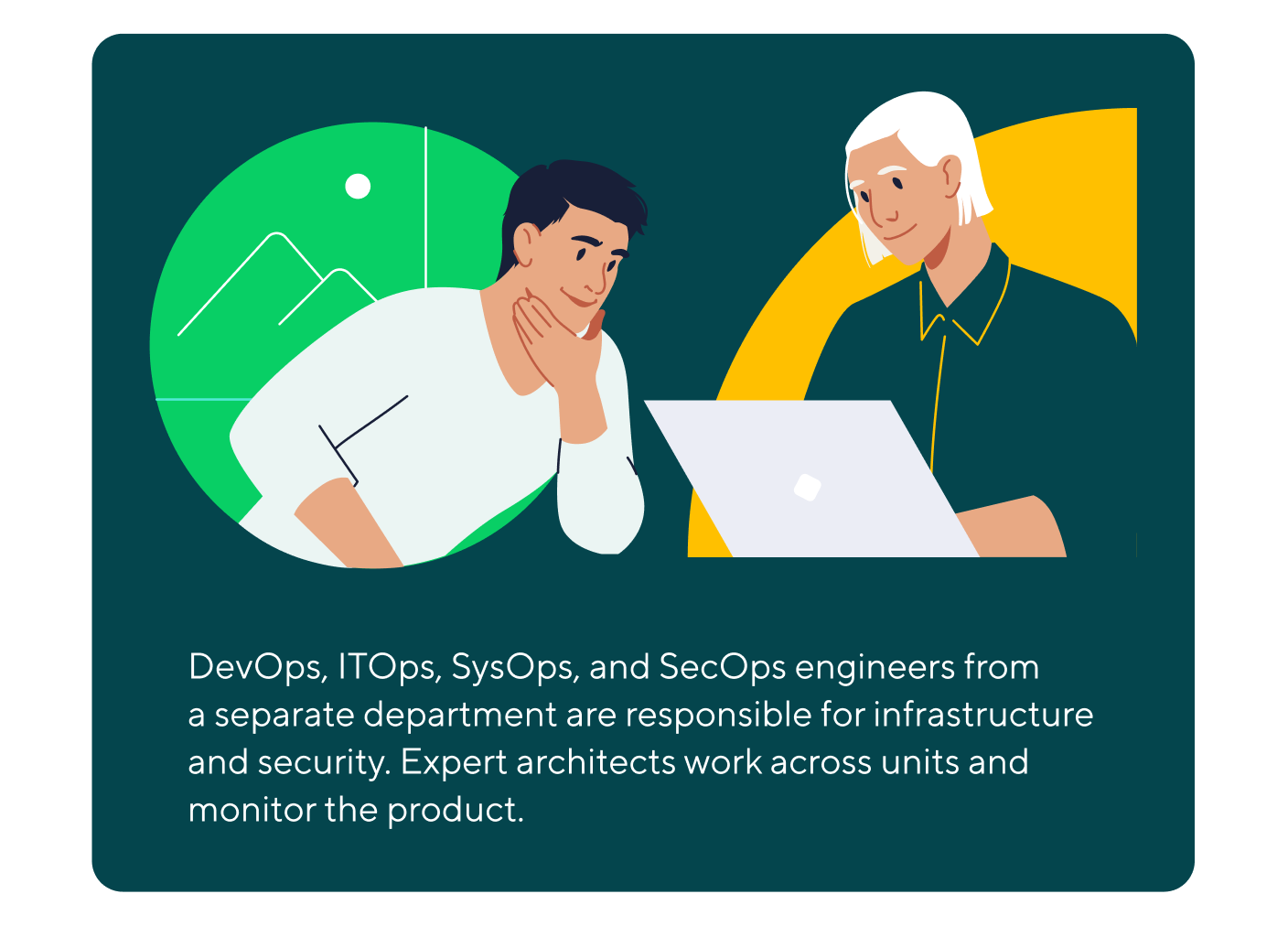
How do we prioritize and set goals for our teams?
The product manager typically shares their vision for a feature based on the company’s product goals. Then, the team discusses corner cases and creates a high-level plan to roll out this feature, including its fit into Wrike’s overall architecture and other product tracks. We believe that only an engineer who fully understands the needs of the business can work out, plan, and implement a feature in the best possible way. All of our engineers take part in the decision-making process for anything that goes out to our customers.
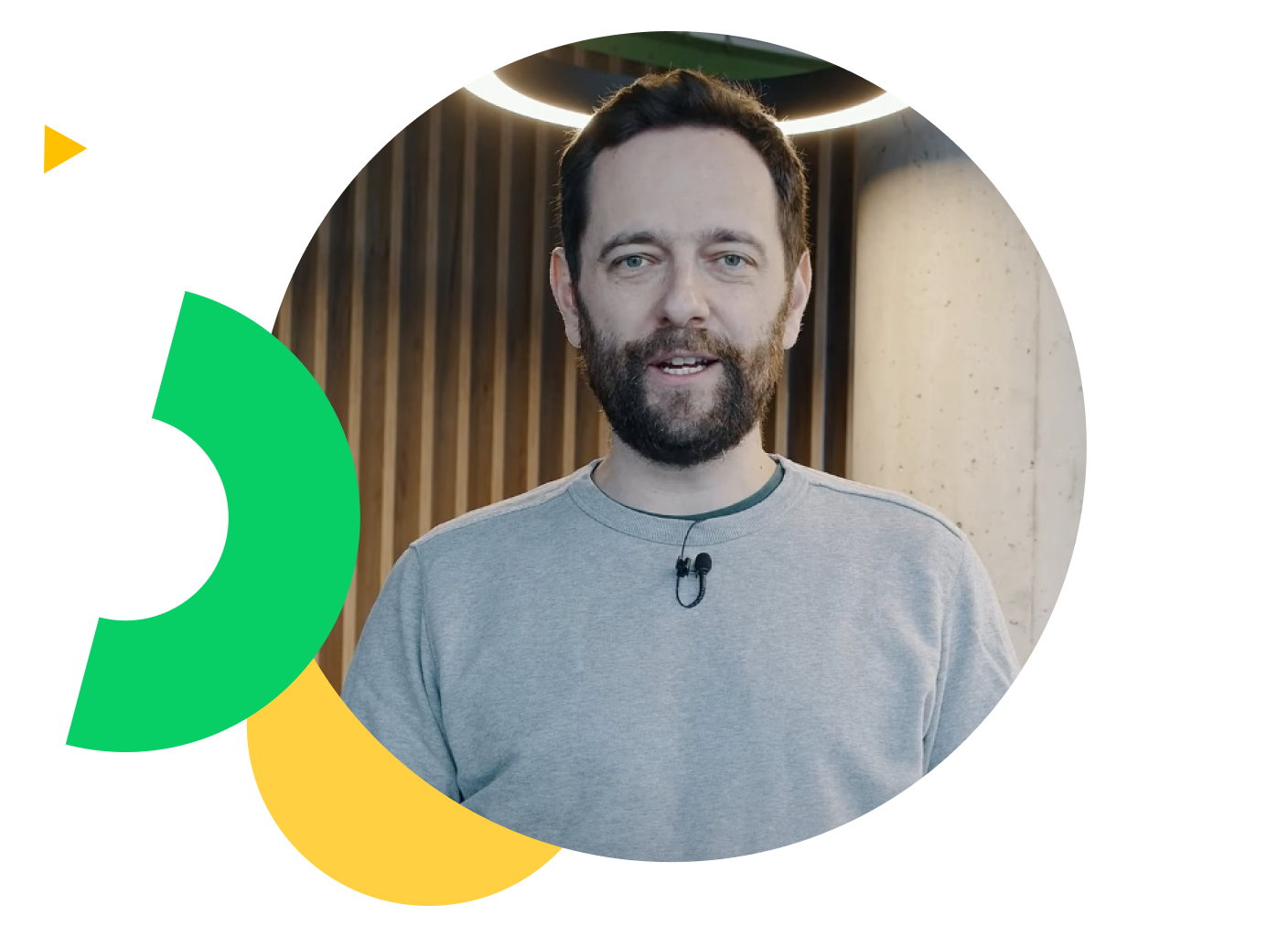
What does the path from task to deployment look like?
The product owner and UX designer come up with a product story.
The team refines the requirements based on those initial inputs.
The backend and frontend developers work on the feature and review it.
The UI developers make a solid layout and styles for the completed frontend part with all components and business logic.
The QA and QA automation engineers work together on manual testing and autotests.
Deploy!

*While we do have engineers with different areas of expertise, we encourage them to develop T-shaped skills and to help their team in different areas.
We release daily. You can make a feature that users will see as soon as tomorrow. No “manual deployments” — all branches are built by robots.
You can say that all of the above are the standard when it comes to a product company with streamlined processes. But what’s special about Wrike?
Our culture
Code ownership
We’ve automated the code markup process so we can clearly understand which team a particular piece of code belongs to, the features within each team’s scope, and the product owner responsible for them.
Engineering initiatives
We believe technical debt is a common concern for all engineers. That’s why we’ve created a mechanism of engineering initiatives that allows us to introduce engineering-wide improvements like migration to new UI components or to a new version of a framework. Over the last two years, we’ve implemented over 140 initiatives and completed 8,655 tasks.
Knowledge sharing
Sharing knowledge and out-of-the-box perspectives are a huge part of our engineering culture. We get together every other week and listen to our fellow Wrikers talk, mixing useful work-related topics (e.g., switching to a new stack or accessibility) and anything else that’s interesting for our developers.
Wrike TechClub
Wrikers discuss processes and technologies not only at Wrike, but at external events, too. Our engineers participate in conferences and meetups by speaking at events, writing articles, and contributing to the open source community.
Wrike TechClub
Each day, Wrikers from all over the world share their knowledge and experience with communities through different platforms and invite you to collaborate.
Our hiring process
HR interview
During the first step we tell you about Wrike company and Wrike as a product, your role’s responsibilities, and the team, and ask questions about your experiences and expectations. You’ll also have an opportunity to ask us anything about Wrike Engeneering that might interest you.

Technical interview
We’ll discuss several code-related tasks depending on your experience, focusing on approaches and solutions that you propose. You’ll be asked to write sample code, but we don’t require you to run it during the interview. In addition, we’ll talk about your previous projects, our stack, and projects, and ask you some technical questions.
Our candidates are always encouraged to share their stories and experiences, ask questions about our stack, challenges, processes, and how we work within our teams.
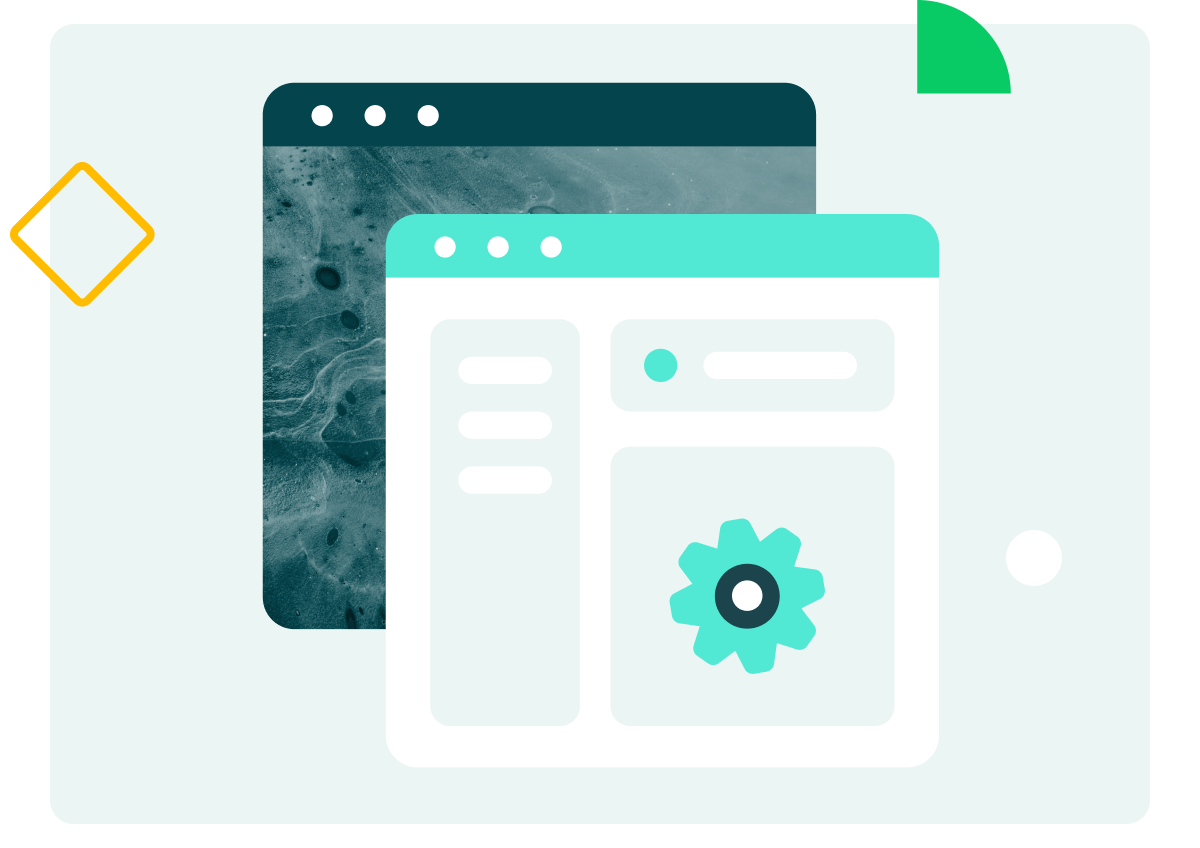
Final interview
The main objective of the final interview is to match expectations on both sides. We’ll discuss Wrike’s core values and processes as well as daily life in the office, and discuss your previous experience. Finally, we’ll talk about the projects you’ll work on, as we’re always looking for ways to improve how we work. We’d love to hear your thoughts on these topics. Our goal is to address any questions you may have during this step.
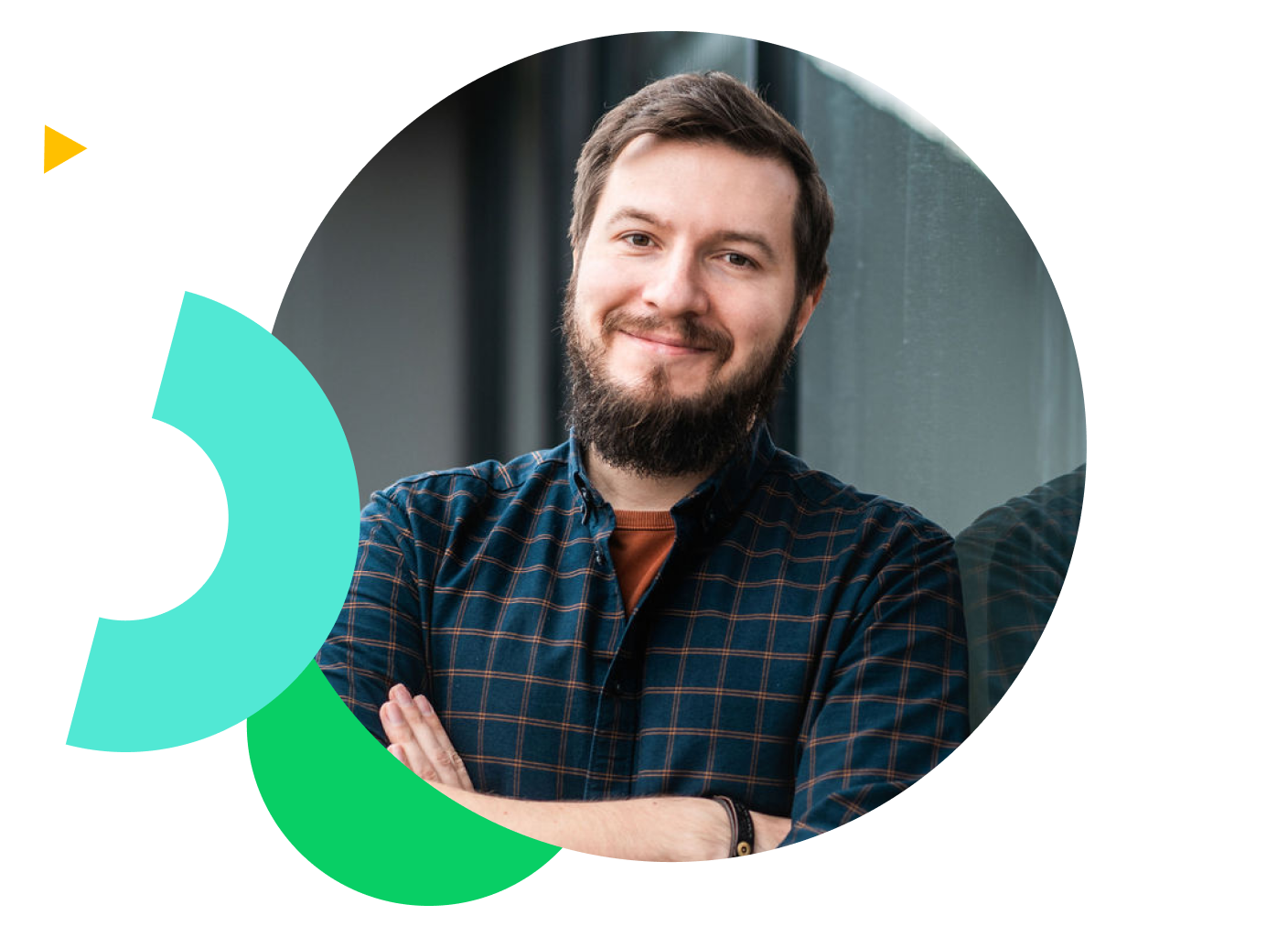
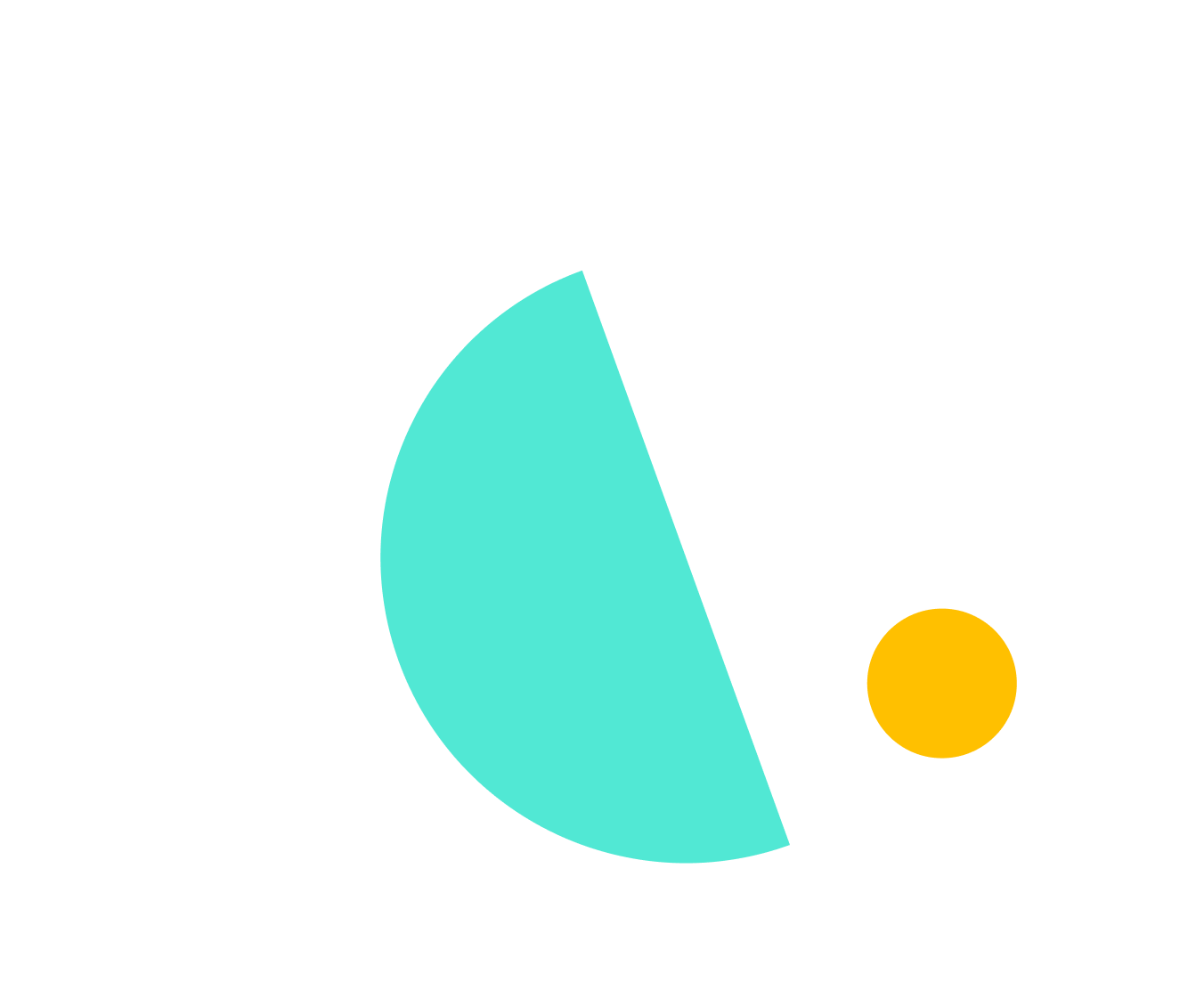
Apply to open positions on our career page
